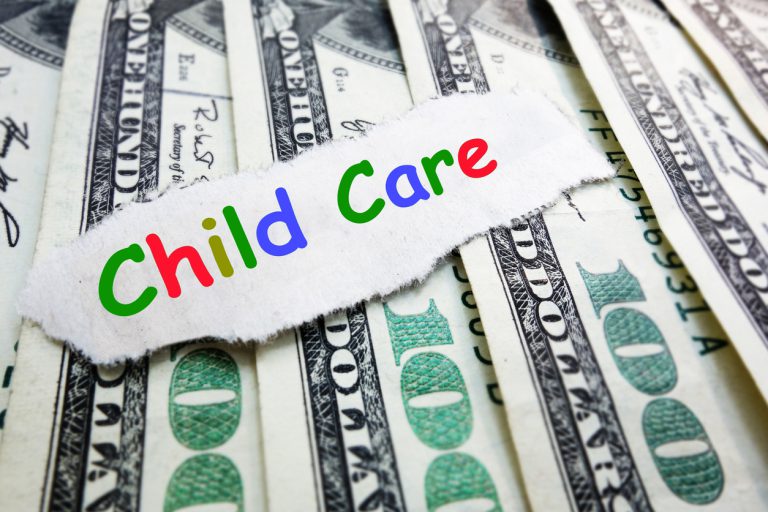By Tom Copeland, Trainer, Author and Advocate for Family Child Care
Originally published in the Spring 2021 issue of Kansas Child Magazine.
Most family child care providers know they should be saving more money for their retirement. At the end of the month, though, there is usually little, if anything, left for savings. You’ve spent your money on other things and left out any savings for retirement.
Here’s the first step you should take to gain more control over your money: Track the money you spend for one month. Put the expenses into two categories: fixed expenses and flexible expenses.
Fixed expenses are those items that you have little or no control over. They may include: mortgage/rent payments, utilities, taxes, food, credit card payments, car loan payments, etc. Flexible expenses are those that you do have some control over. They can include: clothing, entertainment, charitable contributions, child care business expenses, and so on.
At the end of the month, review where you spent your money, and ask yourself these questions:
Is my spending level sustainable?
If your monthly expenses exceed your monthly income, this is a clear sign that your finances need immediate attention. You won’t be able to continue down this path without going into debt.
What fixed expenses might you reduce?
Credit card interest and car loan interest are the first place to look. Your goal should be to pay off all credit card debt at the end of each month and start a car replacement fund so you can eventually pay cash for a car.
Are my values in line with my spending?
If your spending behavior doesn’t match your true priorities in life, you may want to become more purposeful about how you are using your resources. This can be a powerful motivation for changing your spending habits.
The best way to save money for retirement is to make it a high priority. This means setting a modest monthly savings goal, like $25 or $100, and depositing this amount in a savings account or individual retirement account (IRA) at the beginning of each month. This is called paying yourself first.
If you start running out of money before the end of the month, cut your flexible expenses. It should be fairly easy to cut something, such as eating out, clothing, entertainment, etc. Providers who do this exercise don’t miss the money they didn’t spend.
Now you are on the road to saving for your retirement. Small amounts add up. If you save $100 a month and it earns 8% a year, you will have over $19,000 at the end of 10 years!For more tips and ideas, check out Tom’s blog at tomcopelandblog.com.
Tom Copeland has been the nation’s leading trainer, author, and advocate for the business of family child care since 1981. The author of nine books, Tom has presented hundreds of business workshops for family child care providers across the country. Tom earned a law degree from William Mitchell College of Law and served as director of the Redleaf National Institute for 15 years. He lives in St. Paul, Minn., with his wife Diane and two cats, Duke and Ella. Tom answers thousands of calls and emails each year to help providers, tax professionals, and trainers understand complex business and tax issues. Contact him on Facebook, by phone at 651-280-5991, or at tomcopeland@live.com.
-

Child Care Aware of Kansas
Child Care Aware of Kansas connects everyone with a stake in child care — parents, child care providers, businesses, local and state leaders, and community members — to the information and ideas they need to take action. We provide opportunities, connections, and support for Kansans to envision what a better child care system can look like for them. Working within a network of Child Care Resource & Referral agencies, we also connect caregivers and providers to the information and support they need.






